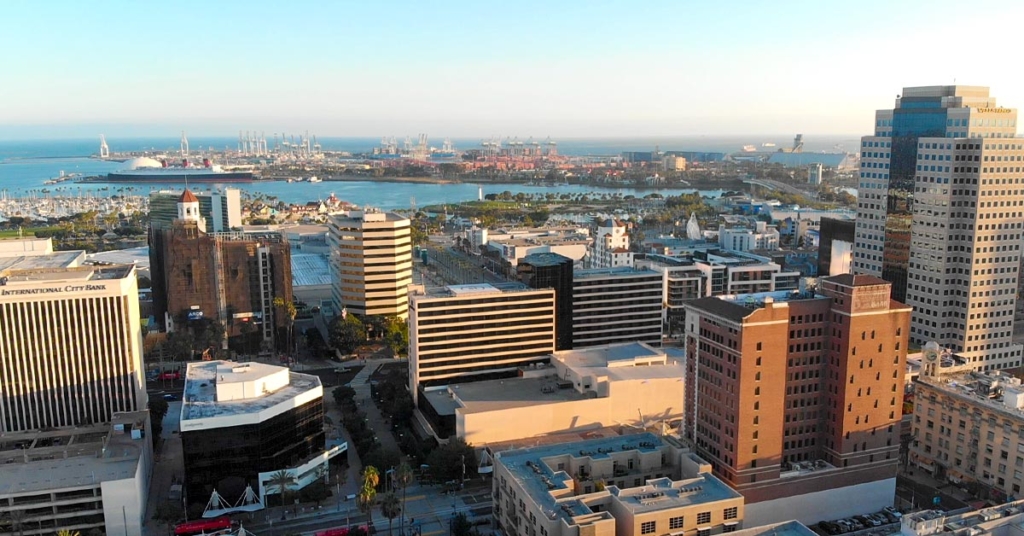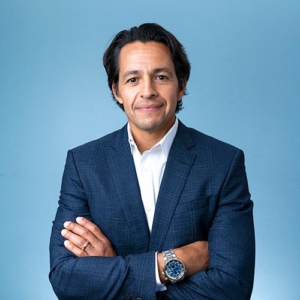If you own an apartment building with an unpermitted or illegal unit in Long Beach, you might be asking yourself: “how can I legalize an unpermitted unit?” or “will I be penalized for having an illegal rental unit?” or “how do I bring my illegal housing units up to code?” The good news is that the City of Long Beach has created the Informal Dwelling Unit Amnesty Program, allowing apartment owners to legalize an unpermitted illegal unit without facing backlash or fines.

The Goals of the Long Beach Informal Dwelling Unit Amnesty Program:
- Increase the overall housing quality and safety of Long Beach apartment buildings by bringing unpermitted illegal apartment units up to current safety standards through the legalization process.
- Help the City of Long Beach meet its 26,000-unit Regional Housing Needs Allocation (RHNA).
- Provide additional housing options to apartment owners and tenants in Long Beach, CA.
- Grow the City’s tax base.
The Informal Dwelling Unit Amnesty Program
In an effort to increase Long Beach’s affordable housing, Long Beach has recently implemented the Informal Dwelling Unit Amnesty Program. This program, useful for any units not covered under that Multifamily ADU process, will legalize units and bring the unit up to health and safety standards.
It’s unclear how many illegal units exist in the City or how many landlords will come forward to take advantage of the amnesty program, but staff from the City of Long Beach said they have been alerted to about 157 cases of housing permit issues within the past eight months. Typically, where those cases would end with the housing units being removed to bring the original building back into compliance, Deputy Director of the City’s Development Services department, Chris Koontz, says, “One of the benefits of this ordinance is that this gives us a relief valve. It gives owners a way to legalize the unit that doesn’t exist today.”
To help incentivize property owners to participate, density restrictions, parking requirements, and other planning standards unrelated to health and safety concerns would be waived.
Previously, where the legalization of unpermitted units required approval by the zoning administrator at a public hearing and was limited to units created prior to 1964, the newly implemented program allows for approval through a ministerial site plan review committee. This only requires the applicant to appeal to the Planning Committee, and finally a Building Bureau special inspection.
Long Beach Amnesty Program Eligibility:
To be eligible for this program, your unit needs to have been occupied, as a residence, for more than thirty (30) continuous days prior to December 31, 2016.
Long Beach Amnesty Program Requirements:
Owners must agree to rent the unit at an affordable level for low or moderate-income tenants for at least 10 years. If a current tenant earns more than a moderate income (which would be about $125,000 for a family of four) the 10-year affordability covenant would begin after the current tenant leaves.
The Process of Legalizing an Unpermitted Illegal Unit:
Interested property owners need to work with a third-party contractor, architect, or engineer to assess what work must be done in the unit to bring it into compliance before approaching the City of Long Beach. This model, City staff said, could help attract owners who may otherwise be wary of bringing an unpermitted unit to the City’s attention without knowing how much it would cost them to legalize it.
“I think this program is a good, meaningful approach to try to take a problem and turn it into an opportunity,” Vice Mayor Rex Richardson said, “These units are already built-out, occupied, and they’re substandard. They’re not safe. So this is not amnesty from health and building code. This actually brings these units out of the shadows and makes them safe.”
Contact us to learn more about the Long Beach Informal Dwelling Unit Amnesty Program and how it can increase the value of your property.
March 4, 2021 Update: Frequently Asked Questions About the Amnesty Program
After receiving a multitude of questions from apartment owners in Long Beach, CA we reached out to Christopher Koontz, who currently serves as Deputy Director for the City of Long Beach Development Services Department.
We asked Christopher Koontz the same questions you and other apartment owners are wondering and here are his answers:
Is there a designated City of Long Beach website for apartment owners to apply for the Long Beach Amnesty Program?
The process to seek legalization of an unpermitted dwelling unit is a site plan review process. The site plan review process is established to ensure that the highest quality of land planning and design are incorporated into development projects, to guide the design of new projects compatible with existing neighborhoods (in terms of scale, style and construction materials), and to enhance and protect the environment.
Instructions and forms can be accessed at the following website: http://longbeach.gov/lbds/planning/current/permit/
How soon can one apply, and what is the cost for the application?
The City is now accepting applications, and the cost to apply is $3,380.22.
Can the private party pre-inspection come from a ‘Home Inspector’ traditionally used during a sale?
Yes, for an interim period. The City is working to establish a pre-approved list of professional firms qualified to conduct these inspections. Until such a list is established, a licensed contractor, architect, or engineer may prepare the inspection reports.
Assessment of Building Code compliance will likely require a more comprehensive inspection than that which is typically done during a home inspection for property sale.
Proof of qualifications of the preparer should also be included with the inspection report. Once the City has established its pre-approved list, then inspections will have to be conducted by one of those firms on the City’s pre-approved list.
Is there an example of a pre-inspection report to help guide us?
Currently we do not have such an example, but we are working diligently on this request.
Do I need a site plan and blueprints to apply for the Amnesty Program?
Yes, you do need a site plan and floor plan to apply. However, a full set of architectural plans is not required.
How do we determine the rental restriction?
The rental restrictions are generally the lesser of moderate income (80% of AMI spending 30% of their income on housing) or the tenant’s current income classification (Low or Very Low) income. Please contact planning for further information.
How much paperwork is required to show proof of low-income tenants?
Tax returns, pay stubs, and income determination from another government agency are all accepted forms of income documentation.
Would yearly inspections be required on the unit in question?
Yes, the unit is subject to inspection under the affordability covenant and may be subject to inspection under the Pro-Active Rental Inspection Program (PRIP). However, most inspections are temporarily on-hold during the COVID-19 pandemic.
Will separate permits need to be pulled for mechanical, electrical, and plumbing?
This depends on the scope of work. It is possible that no MEP permits will be required unless upgrades are needed to these systems.
How long will the entire process take?
Each project is different, but we estimate an average of 60 days.







